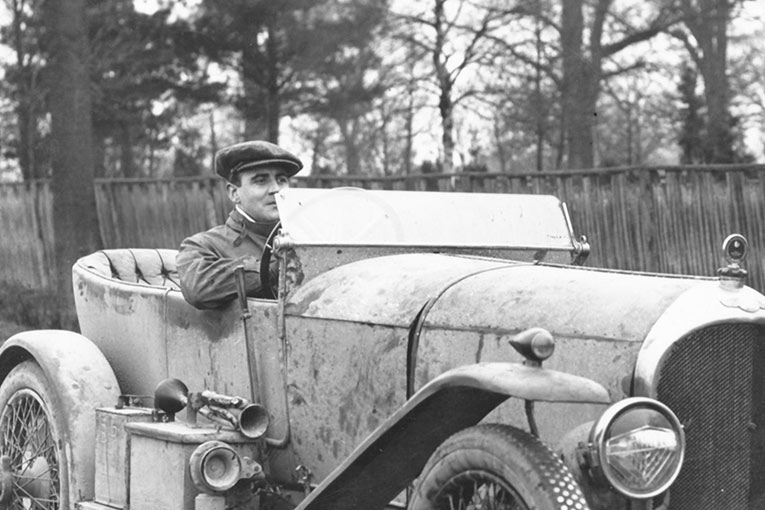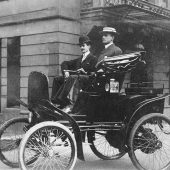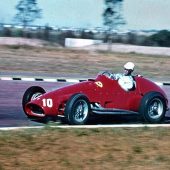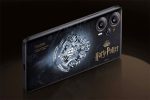
Walter Owen Bentley was born September 16th, 1888 in London. The youngest of nine children, Walter Owen or W. O. as he is invariably known, was fascinated by all things mechanical from an early age. He left school at the age of 16 and started to work as an apprentice railway engineer at the Great Northern Railway at Doncaster, Yorkshire where he gained knowledge and skill that would later help him create Bentley cars. Later he studied briefly theoretical engineering at King’s College London.
W. O. Bentley, together with his brother HM (Horace Milner), had already developed a love of motorcycles, competing in distance trials and races. A career in the railway industry was open to him, but promotion was rare and a long slog to the top did not appeal to the young W. O. After two years managing a fleet of Unic taxis in London, W. O. and HM bought the franchise for the French DFP car, setting up Bentley & Bentley Ltd at 3 Hanover Square, London.
W. O. soon hit on the idea of motor racing as a cheap and effective publicity vehicle, and an opportunity to develop his own skills. W. O.’s DFP set the ten-lap record at Brooklands for a 2-litre car at 66.78mph in November 1912. A year later, fitted with revolutionary L8 aluminium pistons (88% aluminium, 12% copper) made to W. O.’s own design, the DFP raised the record to 81.98mph.
The Great War opened up huge opportunities for Bentley. Attached to the Royal Naval Air Service, his aluminium pistons were soon in widespread use in aero engines. W. O. was then set a problem: improve the reliability of the Clerget rotary engine. The problem was simple. The cylinders of a rotary, to which the propeller is attached, rotate around a fixed crankshaft. The leading edge of the cylinder barrel is better cooled that the trailing edge, so the bore ovals, the piston rings break and the engine seizes. W. O. ended up by designing a largely new engine, the Bentley Rotary. In BR1 and bigger BR2 form this engine was enormously successful.

With this fillip to his confidence, coupled with manufacturing experience and new depths to his engineering skills, W. O. decided to design and build his own car after the War. W. O., FT Burgess, formerly chief designer at Humber, and Harry Varley, designed the new car at lightning speed early in 1919, while HM raised the capital to found Bentley Motors Ltd.
Even by modern standards the specification of the 3-litre Bentley is impressive. Four valves per cylinder in a pent-roof combustion chamber, cross-flow head, overhead cam, two plugs per cylinder. In its day it was extraordinary. The Bentley 3 Litre set the standard for all subsequent Bentley motors, a fast, tractable, docile road car capable of sustained high speeds, durable and reliable. It was a sports car that could be raced, and Bentleys were soon proving themselves on the track.
In 1924, W. O. and Burgess designed a six-cylinder chassis intended for luxurious coachwork. The engine was enlarged to 6 1/2 litres after a chance encounter in France with the prototype New Phantom Rolls-Royce, in which form the Big Six Bentley went into production in 1926. That year the multi-millionaire Woolf Barnato became Bentley Motors’ chairman and principal shareholder.
Rolls-Royce bought Bentley Motors in November 1931, taking on W. O. as a development engineer. Offered the chance of a job at Lagonda in 1935, the year that a Lagonda won at Le Mans, W. O. moved on to design the V12 Lagonda, later working for Aston Martin and Armstrong-Siddeley before retiring. Encouraged by Stanley Sedgwick and the Bentley Drivers Club, W. O. was Patron of the club until his death in 1971.










